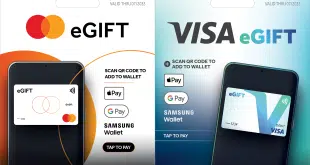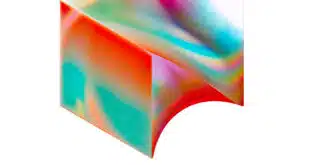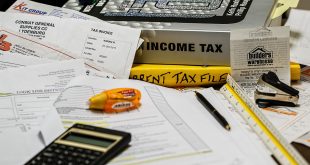Regular readers of these ramblings will have noted in them a skeptical stance toward government meddling in the affairs of private actors, such as merchants, issuers, and processors. We have dissected, more often perhaps than necessary, the regrettable urge to control interchange pricing that has so far found its most damaging expression in the Dodd-Frank Act of 2010. Lest this admission send our readers in retail into high dudgeon, we also favored Wal-Mart’s campaign, several years ago, to charter an industrial loan corporation, a type of bank, and deplored the banking lobby’s successful maneuverings to quash it.
So if we can be justly accused of any bias, it is in favor of letting markets work with a minimum of intervention from politicians and their regulatory helpmates. It is in that light, then, that we read an analysis recently from the Federal Reserve Bank of Philadelphia of the results of Check 21, a federal law that took effect in 2004. It turns out that Check 21 not only worked as intended, sweeping virtually all paper out of banking channels in this country and replacing it with check images, it also produced more than $3 billion in annual savings for the payment system by 2010.
While others have estimated Check 21 savings, this paper represents the first effort to do so from the vantage point of the law’s having accomplished its purpose, which it had pretty much done by 2010. You can read about the details in this issue’s Trends & Tactics section.
But what is special about the law goes beyond the replacement of paper with electronic processing and the attendant cost savings. What Check 21 represents is that increasingly rare thing—enlightened regulation that achieves its goals not with a heavy hand but almost by indirection. Nowhere did the law mandate that banks replace paper checks with images or air couriers with Internet pipes. Instead, it required paying banks to recognize substitute checks as if they were the original items. Since substitute checks are paper printouts made from images, it indirectly encouraged imaging.
That relatively light-handed legal twist, combined with some favorable Fed pricing for images, led to a thorough-going overhaul of the U.S. checking system within the brief span of six years, an achievement the Fed paper’s authors rightly commend. One wonders what the result would have been had the Fed and Congress been less wise and had tried through regulation to force-feed image clearing to a reluctant and unready banking industry. Six years might have been more like 10.
Clearly, law and regulation in payments are sometimes necessary. Check 21 shows how it can be done right.
John Stewart, Editor
john@digitaltransactions.net





